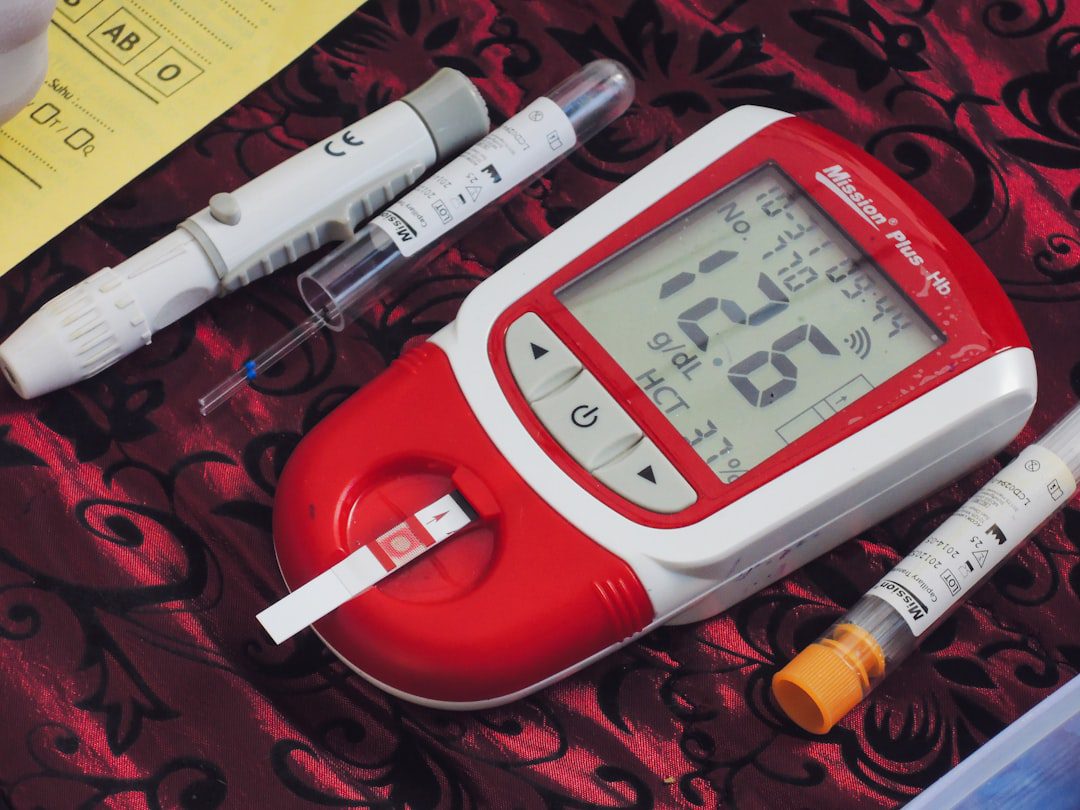
Breaking Down the BD Infusion Set Alert Update
The FDA has issued an updated alert regarding infusion set performance issues from Becton Dickinson (BD), marking a significant development in the agency’s ongoing Communications Pilot to Enhance the Medical Device Recall Program. This update underscores the critical importance of post-market surveillance and proactive communication in maintaining patient safety standards.
Understanding the Enhanced Recall Communication Program
This alert is part of FDA’s pilot program designed to improve how medical device safety information reaches healthcare providers and patients. The program represents a shift toward more transparent and timely communication about device performance issues, even before formal recall classifications are determined.
Key features of this enhanced communication approach include:
- Earlier notification of potential safety concerns
- Improved clarity in safety communications
- Enhanced follow-up procedures for ongoing issues
- Better coordination between FDA and manufacturers
Why This Matters for Medical Device Manufacturers
The BD infusion set alert update serves as a critical case study for manufacturers across the industry. Infusion sets are Class II medical devices that require stringent quality controls and post-market monitoring due to their direct impact on patient care and medication delivery.
Regulatory Implications:
Under 21 CFR 803, manufacturers must report adverse events and device defects that could lead to serious injury or death. The BD situation demonstrates how performance issues can escalate and require enhanced communication protocols, potentially leading to:
- Increased FDA scrutiny of similar devices
- Enhanced post-market surveillance requirements
- Potential impact on 510(k) submissions for similar products
- Heightened quality system inspection focus areas
Critical Action Items for Manufacturers
Immediate Steps:
- Review Your Post-Market Surveillance Systems: Evaluate whether your current monitoring systems would detect similar performance issues in your devices
- Assess Similar Product Lines: If you manufacture infusion-related devices, conduct a thorough risk assessment of potential failure modes
- Update Communication Protocols: Ensure your adverse event reporting and customer communication procedures align with FDA’s enhanced expectations
Long-term Compliance Strategies:
- Strengthen Quality Management Systems: Review ISO 13485 processes related to post-market surveillance and customer feedback
- Enhance Risk Management: Update ISO 14971 risk management files to address lessons learned from industry alerts
- Improve Supplier Controls: If using third-party components, ensure robust supplier quality agreements and monitoring
Best Practices for Proactive Compliance
The BD alert highlights the importance of proactive safety management. Manufacturers should implement comprehensive post-market surveillance programs that include:
Data Collection and Analysis:
- Regular customer feedback review
- Trend analysis of complaint data
- Proactive literature monitoring
- International safety database monitoring
Communication Excellence:
- Clear, timely customer communications
- Transparent reporting to regulatory authorities
- Coordinated internal response teams
- Regular training on communication protocols
Preparing for Enhanced FDA Expectations
As FDA continues to refine its communication strategies through pilot programs like this one, manufacturers must adapt to evolving expectations. The agency is clearly moving toward more collaborative, transparent approaches to device safety management.
Stay ahead of these changes by maintaining robust quality systems, implementing comprehensive post-market surveillance, and fostering open communication channels with both FDA and your customers. Remember, proactive safety management is not just about compliance—it’s about protecting patients and preserving your company’s reputation in an increasingly competitive marketplace.


No comments yet. Be the first to comment!